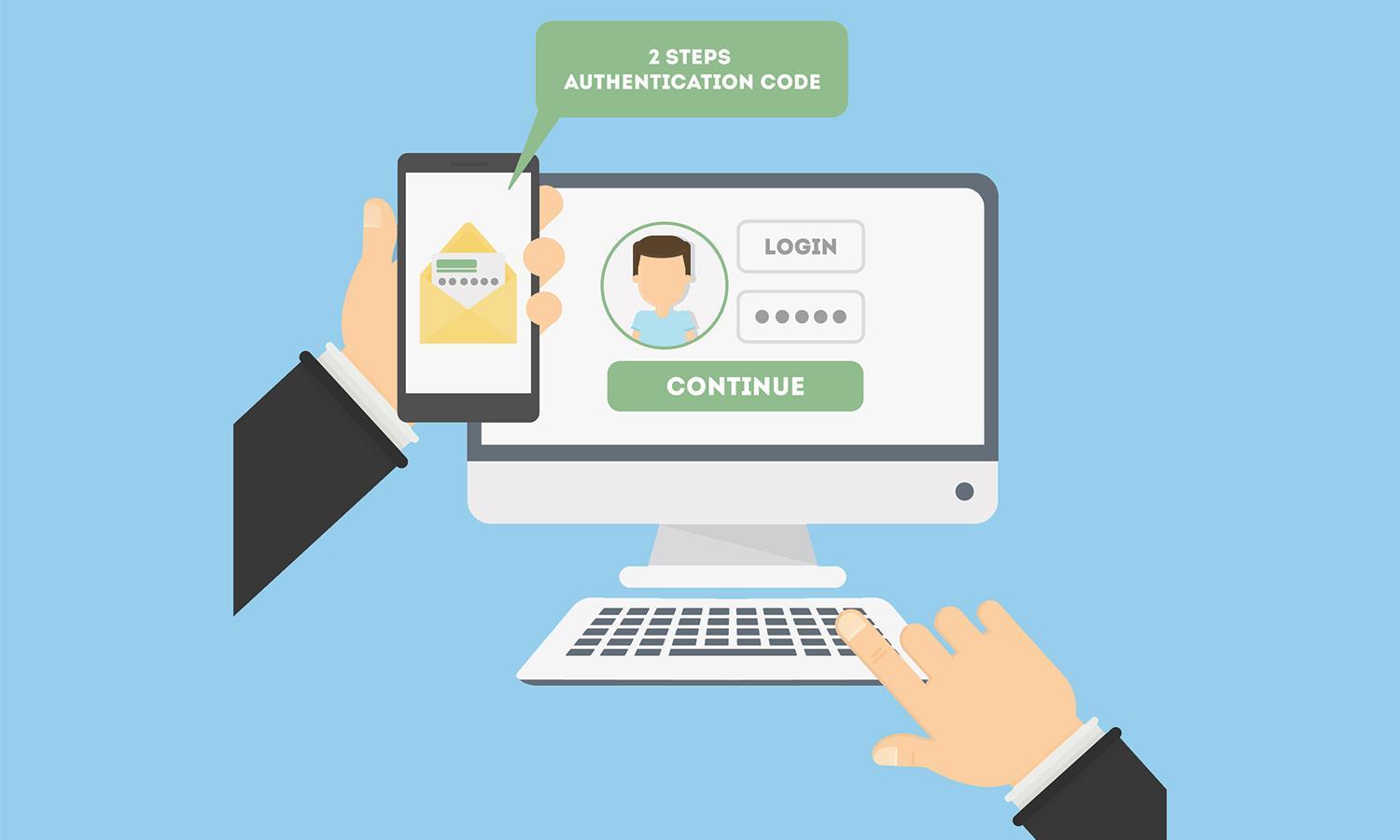As the world progresses and pushes more people into the digital world so too does it increase digital crime with new scams popping up every week. The internet is rife with fraud many people will be highly familiar with the importance of online security, logins, usernames and passwords but if you ask them the question "What is Two Factor Authentication?" the likelihood is they will not know what it is or how it works, even though they may use it every single day.
Why the need for 2 Factor Authentication?
Many standard security procedures (especially online) only requiring a simple username and password it has become increasingly easy for criminals to gain access to a user's private data such as personal and financial details and then use that information to commit fraudulent acts, generally of a financial nature. 2FA ads an extra layer of protection to block criminals even if they are able to aquire your personal details.

How 2 Factor Authentication works
How does 2FA work?
Two Factor Authentication, also known as 2FA, is as is says a two-step verification or TFA process and is an extra layer of security that is known a multi-factor authentication" that requires not only a password and username but also something unique that only, and only, that user has on them, i.e. a piece of information only they should know or have immediately to hand - such as a physical token.
Using a username and password together with a piece of information that only the user knows makes it harder for potential intruders to gain access and steal that person's personal data or identity. The most popular implementations of 2FA are OTPs which are commonly used by banks and other financial service providers.
History of 2FA
Historically, two-factor authentication is not a new concept but its use has become far more prevalent with the digital age we now live in. As recently as February 2011 Google announced two-factor authentication, online for their users, followed by MSN and Yahoo.
Many people probably do not know this type of security process is called Two-Factor Authentication and likely do not even think about it when using hardware tokens, issued by their bank to use with their card and a Personal Identification Number when looking to complete Internet Banking transactions. Simply they are utilising the benefits of this type of multi-factor Authentication - i.e. "what they have" AND "what they know".
Using a Two Factor Authentication process can help to lower the number of cases of identity theft on the Internet, as well as phishing via email, because the criminal would need more than just the username and password details
The versatility of 2FA
Using 2FA doesn't need to be a pain and can be set up to meet any of your consumer needs or preferences. If the user prefers using his mobile phone an authentication code can be sent via SMS or Push notification should you have a native app or via email. Users can set there preferred method to make 2FA not only safe but a smooth and painless process.
2FA provides a safety net
Two-factor authentication is by no means a full proof solution and if users are negligent with their data they can still leave opportunities for scammers, hackers and criminals to gain access to their accounts and other sensitive data. So even if you do make use of 2FA make sure you store your details in a safe place and do not share your 2FA contact method with anyone.
As for businesses it offers a safety net and puts the onus on the consumer to safeguard their details in case of personal attacks and can avoid issues where consumers hold the business (the service provider) liable for their losses.
Contact us
If you want to know more about how 2-factor authentication and how we can help apply it to your business and business processes and help secure your data feel free to contact us here
